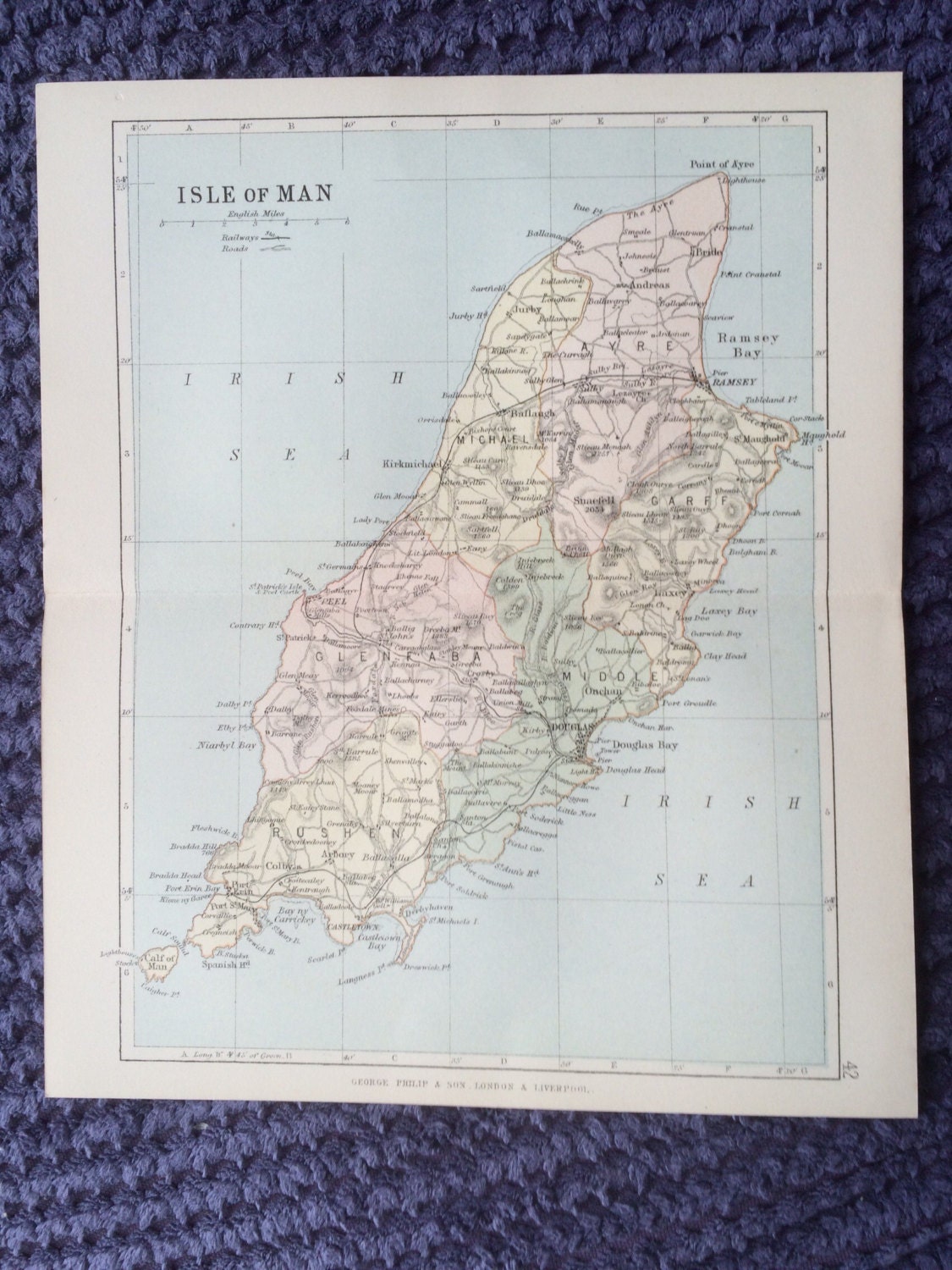
It was an uneven development as both the technological and artist aspects moved along in separate irregular paths. Unfortunately the increases in content were often accompanied by a reduction in drawing skill.Ĭontinued developments in survey techniques during the 17th and 18th century prompted further advancements in cartographic presentation. The earliest printed maps were produced using the woodcut, but the technique of copper engraving allowed for an increase of topographic content and the character of maps were changed due to the technique.

Forests and fields supported the oblique view of continuous terrain and three dimensionality was achieved through slope lines and the use of shadow hachures.Īnother technological development of the 16th century provided finer, smoother and denser lines. The previously flattened landscape with isolated mountain symbols gave way to a continuous terrain of differentiated graphical symbology. About 50 years later cartographers developed more natural symbology for mountains following da Vinci's example (Figure 5).

Artists and scientists also became more interested in the natural world and produced maps such as Figure 4 by Leonardo da Vinci. Topographic survey methods were evolving to include the compass, measuring chain and measuring cart which provided more accurate metrics for the production of maps. In the 16th century demands on the cartographer increased with the spiritual and intellectual awakening of the Renaissance. Shadowing was suggested with lines and the imaginary light source was usually from the left (Figure 3f).

Further modifications included outlines of cone-shaped, and craggy pointed mountains which became differentiated by size. Groupings of the symbols were created following the upright rows of symbols and are described as the fish scale representation (Figure 3e). The row arrangement in Figure 3b went out of use during the 15th century and the instead of the symbols having varied orientations they all began to line up with the line of sight of the viewer (Figure 3d). In poor copies of these maps rows of mountain symbols became bands and ridges (Figure 3c). The simple rounded dome shape which resembles a mole hill was the most common early cartographic form of a mountain (Figure 3a).These simple shapes were often arranged, even in the earliest maps in row or chains, and often aligned with the axis of the row (Figure 3b). The plan view that we have been trained to interpret was unknown to the early cartographer and the sophisticated survey methods that would provide elevation values for the construction of a measured plan view were far away into the future. The depiction of the land surface features have been a challenge for map makers ever since the earliest maps.Some of the oldest maps show mountains as rounded `mole hill' or triangular shapes as they might appear if one were looking at them from the level of a valley. The figures referenced here but which were left out due to copyright issues. Is highly recommended for the electronically oriented.
CARTOGRAPHICA MAP MAN MANUAL
This text is by a master of manual cartographic methods and

The following discussion was derived in large measure fromĬartographic Relief Presentation by Edward Imhof. History of Cartographic Depiction of Terrain Cartographic Terrain Depiction Methods Karen A.


 0 kommentar(er)
0 kommentar(er)
